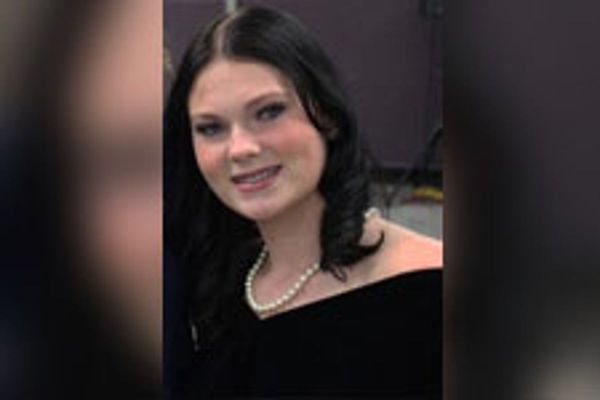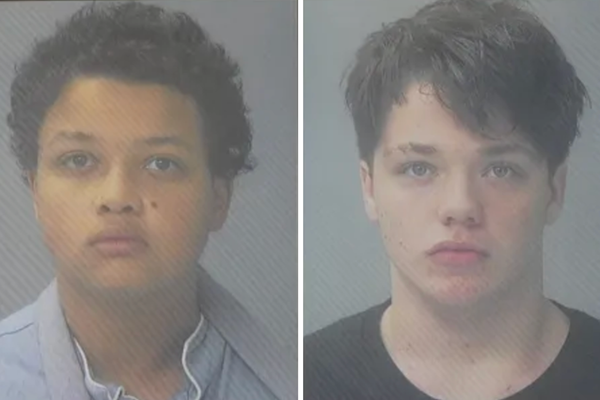
Water samples taken from the bottom of 10 rainwater tanks near the Cadia Hill goldmine showed lead levels above the Australian Drinking Water Guidelines, despite samples taken from household taps or the upper levels of the tanks remaining within guideline levels, a parliamentary inquiry has heard.
The samples were collected by Dr Ian Wright, an academic at Western Sydney University who is a member of the expert panel advising the New South Wales Environment Protection Authority (EPA) in its investigation of the central-west mine. Last month, the regulator began legal proceedings against operator Newcrest, alleging the mine had breached clean air regulations.
Wright told a NSW upper house inquiry into the current and potential impacts of gold, silver, lead and zinc mining on human and environmental health on Monday that he believed the water sampling methods used by regulators this year to check residential rainwater supplies were “not fit for purpose”.
He conducted a previous tank sampling program for the Cadia Community Sustainability Network (CCSN), which reported in March that a third of the samples were above the Australian Drinking Water Guidelines for lead, which is 10 micrograms per litre.
Testing of residential rainwater tanks has since been carried out by the EPA, NSW Health, and by an independent company on behalf of Newcrest. The NSW Health samples, taken from kitchen taps, were all within guideline levels. Tap samples taken by the EPA and by ALS on behalf of Newcrest reported some results outside guideline levels, and EPA samples from the top of tanks found 14 tanks with elevated levels of lead.
Wright told the inquiry that he took 30 water samples from 10 residential properties near the goldmine, with the aid of CCSN, on 30 and 31 August, collecting from the kitchen tap, the top of the tank, and the bottom of the tank. Samples from the tap and the top of the tank were within guideline levels.
From the bottom of the tank, “all 10 samples received results showing lead at concentrations above the Australian Drinking Water Guidelines,” Wright said. “One tank sample exceeded the guideline by 6.6 times, one by 110 times and one by 140 times.”
Wright told the inquiry that the sampling conducted by NSW Health and EPA did not “adequately document the contaminants deep in the water tanks” and was “not fit for purpose and underestimated the health risks for users”.
“Contaminated water in deep sections of tanks is a major risk as this is where water is extracted from,” he said, adding that the risk increased as tanks dried out.
Wright also told the inquiry that he “strongly suspect(s) that metal-enriched dust from the Cadia mine is falling out on to roofs and then is washed into water tanks”.
CCSN chair Gem Greentold the inquiry that they had been lodging complaints with regulators over “excessive” dust from the mine for more than 10 years.
EPA chief executive officer, Tony Chappel told the inquiry the EPA had “clearly been failing to adequately engage and communicate with the community” and would continue to “to build and improve” its responses.
He said Cadia was a good example of the need for “a more integrated sense of stewardship” and said there had been “a series of senior executive and leadership changes” at the EPA to deliver that change.
“The way we’ve historically engaged with the community has been inadequate and probably contributes to unnecessary stress and anxiety with the community,” he said.
Earlier, the EPA said it has used standard sampling methods that are “consistent with the approach used in scientific literature to enable robust scientific comparison”.
“As well as samples taken from the tops of tanks and kitchen taps at almost 100 properties, we have collected more than 20 sludge samples where accessible from the bottom of tanks in the area,” a spokesperson said.
Those results are still being analysed.
Newcrest’s interim CEO, Sherry Duhe, and the Cadia Valley Operations general manager, Mick Dewar, also gave evidence to the inquiry on Monday. They maintained that the mine is operating in compliance with clean air regulations.
Dewar told the inquiry that based off the findings from the lead isotope analysis and air monitoring of 2.5 and 10 particulate matter around the mine, the company had “concluded there was just no evidence suggesting that Cadia was actually contributing lead to those tanks”.
In a statement, NSW Health said it had made a submission to the inquiry, but that it did not have responsibility for approving or regulating mining or for regulating private rainwater or groundwater supplies.







